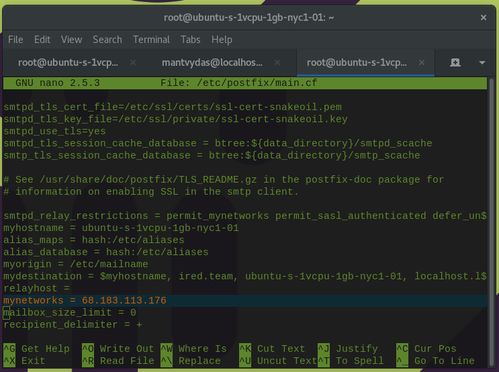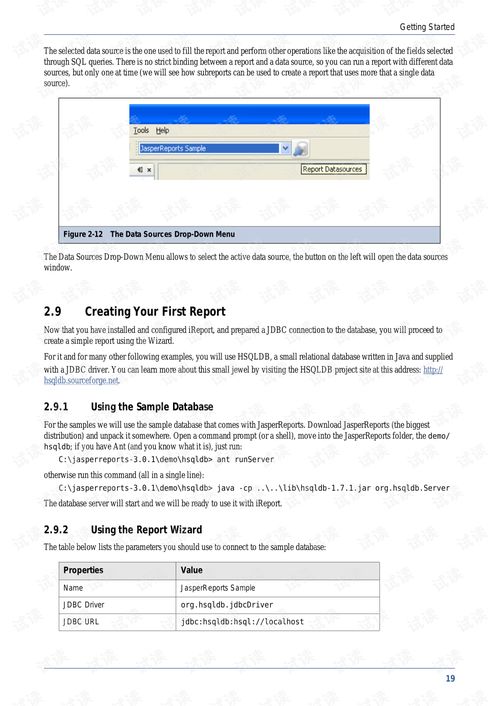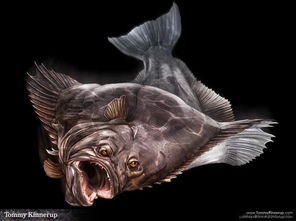Content:
Embarking on a fishing adventure in a serene reservoir, surrounded by lush greenery and the gentle lapping of water, is a tranquil experience. Among the diverse fish species that may grace these waters, the vibrant and elegant koi fish are a favorite among anglers. Koi, known for their iridescent scales and serene demeanor, are not only a delight to watch but also a challenge to catch. If you're a novice looking to master the art of catching koi fish, here are some essential tips and techniques to help you hook these majestic creatures.
Understanding Koi Behavior
Before delving into the fishing techniques, it's crucial to understand the behavior of koi fish. Koi are bottom feeders and are most active during the early morning and late afternoon. They are also known to be attracted to movement, so using a lively bait or lure can be effective. Koi are also sensitive to changes in water quality and temperature, so fishing during the cooler months can yield better results.
Choosing the Right Equipment
The right equipment can make all the difference when it comes to koi fishing. Here's what you'll need:
Rod and Reel: A medium-heavy action rod with a good casting distance is ideal for koi fishing. A spinning reel with a smooth drag system is recommended, as koi can be quite strong.
Line: Use a monofilament line with a thickness of 10-15 pounds. This is strong enough to handle the fish but light enough to not spook them.
Hook: A size 6-10 hook is suitable for koi. The size may vary depending on the size of the koi you're targeting.
Bait: Koi are omnivorous and will eat a variety of baits. Common options include corn, wheat, bread, and even pieces of fruit. Live bait such as worms or crickets can also be effective.
Sinkers and Floats: Depending on the depth of the water and the type of bait, you may need a sinker to keep your bait on the bottom or a float to keep it in the water column.
Finding the Perfect Spot
Koi are often found in areas with plenty of cover, such as lily pads, weeds, or rocks. These spots provide them with protection from predators and a sense of security. Look for areas where you can see koi activity, such as where they are feeding or resting.
Techniques for Koi Fishing
Patience is Key: Koi fishing requires patience. It's not uncommon to wait for hours without a bite. Stay focused and be prepared to wait.
Presenting Your Bait: Cast your bait close to the cover but not directly on top of it. Koi are cautious and may shy away from baits that are too close to their hiding spots.
Subtle Movements: When retrieving your bait, use subtle movements. Koi are sensitive to vibrations and sudden movements can spook them.
Timing Your Bites: Koi are more likely to bite when they're feeding. Pay attention to their behavior and try to time your casts when they're actively feeding.
Handling the Fish: Once you've hooked a koi, be gentle. Koi are delicate and can be injured easily. Use a net to scoop them out of the water and handle them with care.

Additional Tips
- Respect the Environment: Always follow local fishing regulations and be mindful of the environment. Avoid disturbing the koi or the water's ecosystem.
- Practice Catch and Release: Many anglers choose to practice catch and release to preserve the koi population. This ensures that the fish can continue to thrive in their natural habitat.
- Learn from Others: Join a local fishing club or attend fishing workshops to learn from experienced anglers. They can provide valuable insights and tips that you might not find elsewhere.
In conclusion, catching koi fish in a reservoir can be a rewarding and enjoyable experience. By understanding the behavior of koi, choosing the right equipment, and employing the right techniques, you'll be well on your way to becoming a successful koi fisherman. Remember to fish responsibly and enjoy the beauty of nature while you're at it. Happy fishing!












